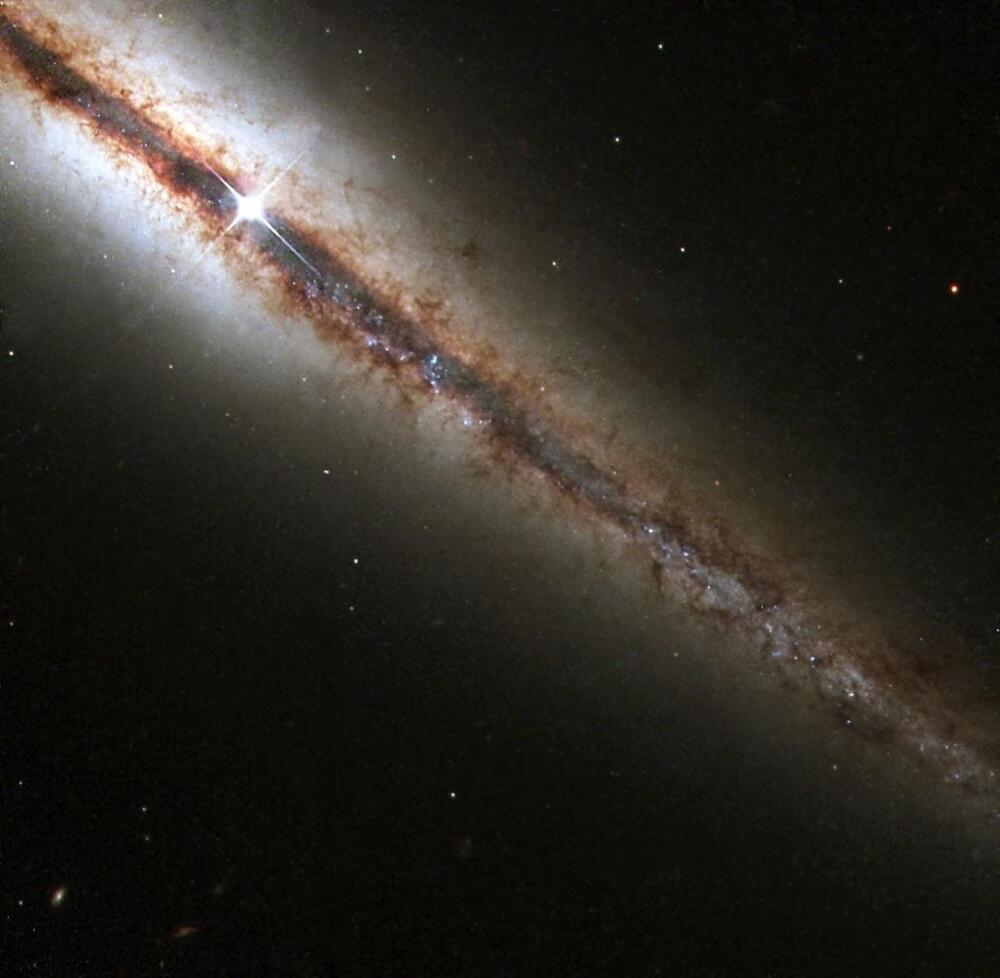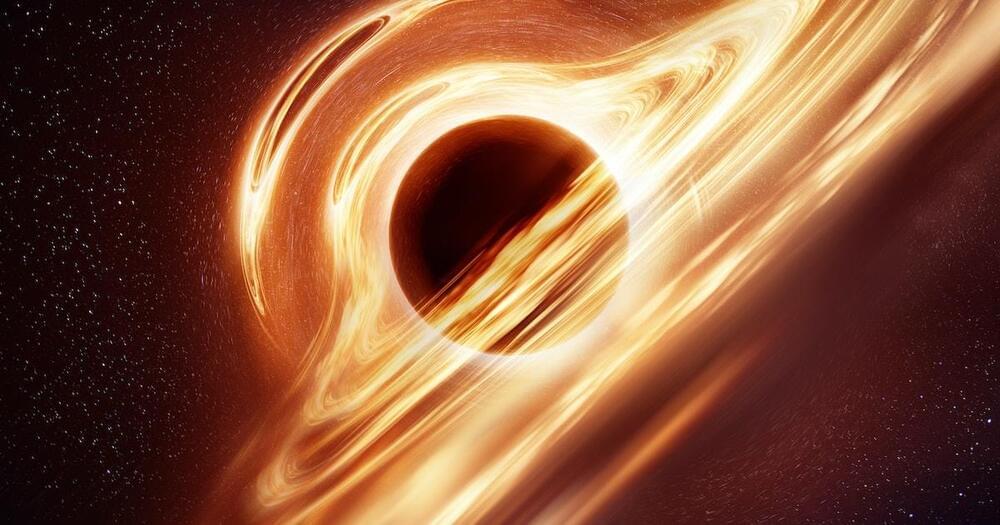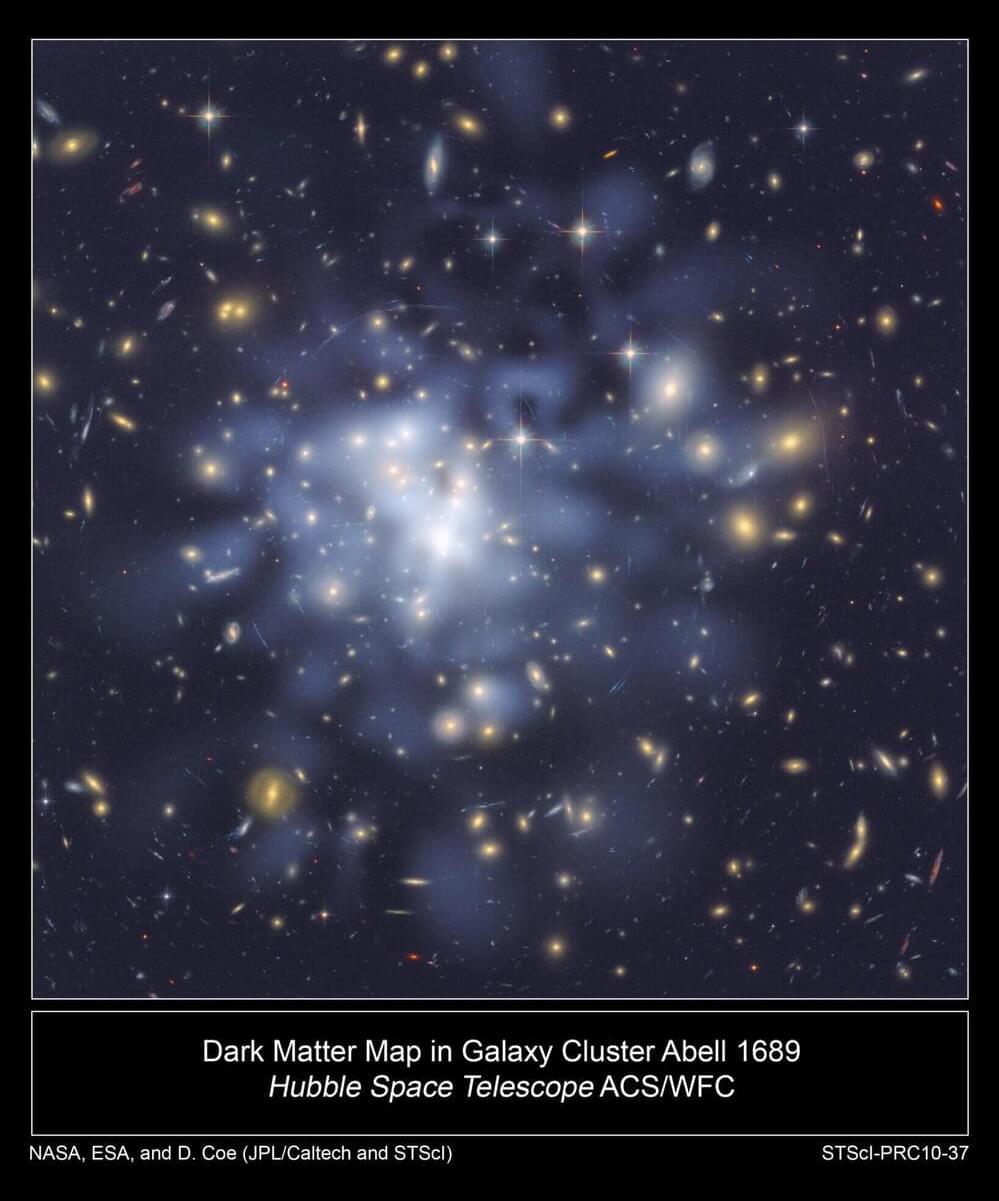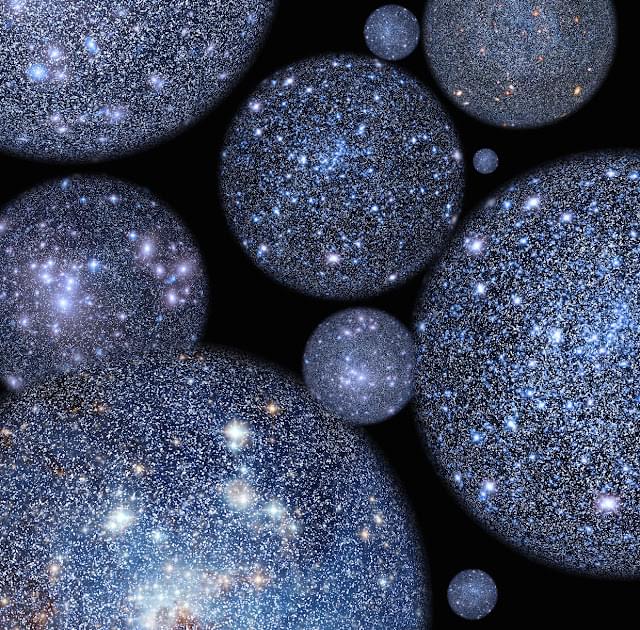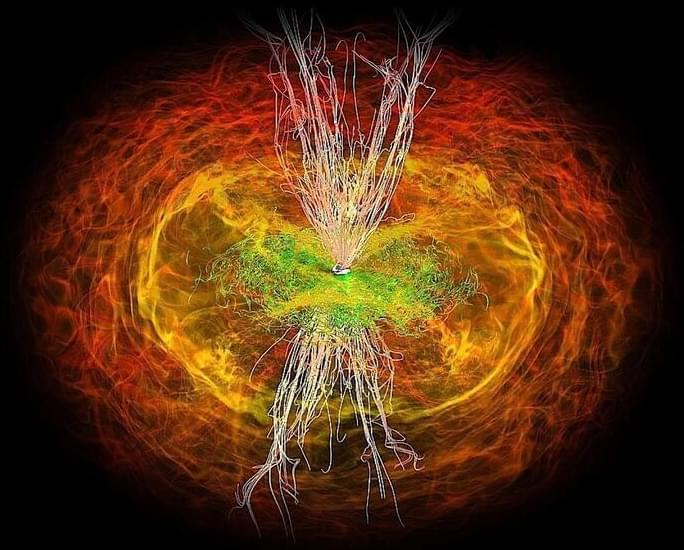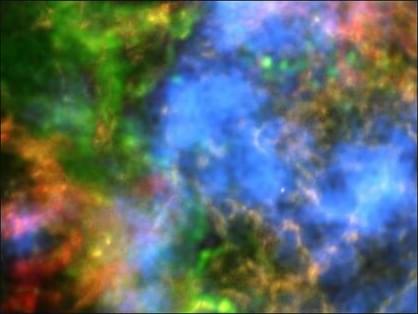Jan 24, 2023
The Record for the Farthest Galaxy just got Broken Again, now just 250 million years after the Big Bang
Posted by Dan Breeden in categories: cosmology, evolution
In a recent study that was sent to MNRAS, a group of researchers worked together to use the first batch of data from the James Webb Space Telescope (JWST) to find a candidate galaxy, CEERS-93316, that formed about 250 million years after the Big Bang and set a new record for redshift with a value of z = 16.7. This discovery is very exciting because it shows how good JWST is, even though it has only just started sending back its first set of data. The Cosmic Evolution Early Release Science Survey, or CEERS, was made so that it could be used with JWST to take pictures.
“The past few weeks have been surreal, watching all the records that stood for a long time with Hubble be broken by JWST,” says Dr. Rebecca Bowler, who is an Ernest Rutherford Fellow at the University of Manchester, and a co-author on the study. “Finding a z = 16.7 galaxy candidate is an amazing feeling – it wasn’t something we were expecting from the early data.”
This new study talks about a dozen previous studies that measured objects up to redshifts z 10 using a mix of ground-based observations and the Hubble Space Telescope and Spitzer Space Telescope.
